
This week’s Comic Revolt takes a look at game-changing artists in the medium of comic books. Let’s face it. Without the artists, we would have no comics.
Since there is an incredible number of artists that have or continue to amaze readers with their amazing ability to tell a story through sequential art, I’ll keep this limited to twenty total artists like my previous list on writers except done in a two-part feature.
Popularity will not win the day on this either. There are a number of artists out there that are not known by the mainstream, but have influenced some of the big time artists that have sold the big numbers. To be clear, this is not a ranked list — it’s a spotlight on artists according to my humble opinion. Sit back, and let’s have some fun with this.
Not long ago, I did a tribute to the late Italian master who made brilliance look easy. His amazing line work and use of negative space were perhaps the finest that graced comic books pages. What made him stand out is the amazing use of perspective and sequential storytelling that weaved a seamless path through a story.
Most of the stories he worked on were written in Italian, but you don’t need to know the language to get the story being told by his visual mastery of the form. In his work, there is a lot of soul flowing out from each character he drew.
Possibly the most inventive artist of all time, Bill Sienkiewicz hasn’t slowed down at all. My first introduction to his work came back in the mid-eighties with the cover for New Mutants #26. It was literally mind blowing with his unique approach to traditional methods and mixed media blending.
His work has a ghostly vibe to it with ethereal use of color and lines. There are very few people capable of the imagination that comes through in his work. He also gets big ups in this space for making a Jimi Hendrix comic look really cool.
He’s another artist coming from the same head space as Sienkiewicz, but with a little bit more madness. His defining work comes from Arkham Asylum with Grant Morrison where his rendering of the Joker has become iconic.
Not originally a comic artist, but coming from a fine art background, he had an unusual take on comic books that elevated them to sophisticated and elegant. Even with his unusual approach, McKean could take a story and clearly tell it on a visual level.
Another one of the great masters, his line work, ability with black and white, and exceptional detail, set him apart from many of his contemporaries. His Frankenstein and Swamp Thing are benchmarks for renderings of each character and helped define the horror genre.
Featured is one of Bernie’s pieces suggested by his Frankenstein: Alive, Alive! collaborator Steve Niles, which shows his breathtaking ability to tell the internal story of a character. Like Toppi, there’s a ton of soul in his work with the Frankenstein piece. Never has the character looked so sympathetic and pitiful. That’s the genius of Wrightson’s work.
Dell’Otto inhabits the same space as Alex Ross in terms of creating finely detailed work that looks alive. Unfortunately, his amazing work takes a lot of time, leaving him unable to do full story art, but it’s level of brilliance cannot be ignored.
However, his Secret War series with Brian Michael Bendis shows his amazing abilities as a sequential storyteller. Whenever you have an artist of his talents, you take what you can get, even if it’s a mini-series instead of an ongoing story.
Many years ago, on the island of Britain, Dave Gibbons was quietly working away on 2000 AD with people like Alan Moore before they took America by storm with their masterpiece Watchmen. One of the first comics I ever purchased was Rogue Trooper, featuring his amazing work.
He told me that when he was originally tasked with working on that title, Gerry Finley-Day’s scripts were rather hard to follow, so he asked him to just tell him what basically happens in the story. Using that, he made some amazingly coherent panels that took those densely packed scripts and turned them into riveting stories that were more a tribute to his skills, in my opinion, than anyone else. Then Alan Moore’s 1000 word descriptions of a panel came along. Needless to say, the man can take any story and make it work. He’s still doing it today with Treatment on the Madefire comic app.
He made my writer’s list for his amazing storytelling abilities with the word, but he made his name as an artist first. His early work shows amazing mood and a smoothness despite the gritty subject matter such as Daredevil and its use of Hell’s Kitchen. Miller, living there at the time, would go out and draw the skyline and rooftops to get a feel for what would ultimately make that story strong.
He’s also a master at setting up and executing actions sequences. His work on Wolverine negated Chris Claremont’s tendency towards soap operaish. Then, there’s his brilliant Sin City work stripped down to the bare essentials. He can work in so many ways and has his own style at the same time.
People think of Frank Miller when it comes to Batman: Year One because of the brilliant writing, but Mazzucchelli’s artwork was beyond exceptional. Another master of the actions sequence, his work on this series brought the pages to life with the action spilling off each page.
At the same time, he’s a brilliant visual storyteller. Each panel works perfectly to move a story forward at just the right pace. What’s even more amazing is his versatility in style. Look at his range outside of Year One and you will find another great that can easily do it all.
I think anyone that has a remote interest in comic art has heard of Moebius, but not everyone has really experienced his work. Along with Sergio Toppi, he changed the comic book storytelling from a visual standpoint early on.
His wordless story Arzach is a landmark comic and shows the amazing gift of sequential storytelling Moebius had. He dabbled in some mainstream work with Marvel Comics, but hands down, his greatest work came from his high concept approach. His influence, especially in film, is one of the things that distinguishes him from the other artists on this list.
American comics begin with Kirby’s iconic work on Captain America. His style fit the American cultural identity at the time that made super hero stories part of the everyday ritual of little boys and nostalgic men from coast to coast. Even legendary rock musician Frank Zappa would hang out with Kirby.
Each story he drew had that coming out of the pages feel to it that could only be matched by the inventiveness of the story and characters. Kirby also had a lot of input on the stories he drew to the point that many assert that Stan Lee just road his coattails. The bottom line is Kirby was king when it came to telling a visual story.
Check back with Comic Revolt next week as we look at another ten artists. And don’t forget to keep the conversation going. I want to hear from you! Leave comments below or tweet me at @DavidGillette1 to talk about your favorite artists.


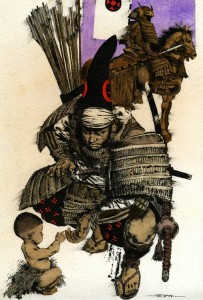

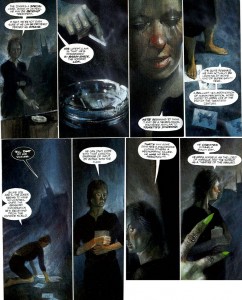
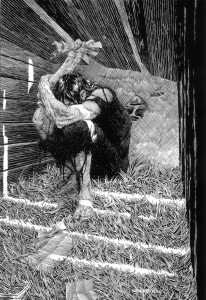
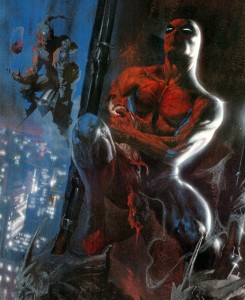
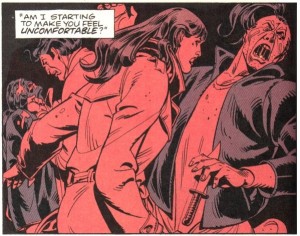
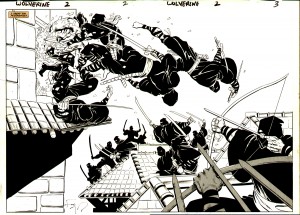
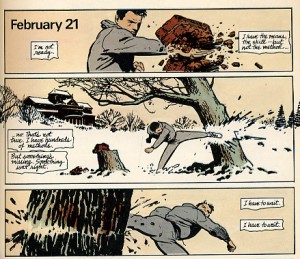

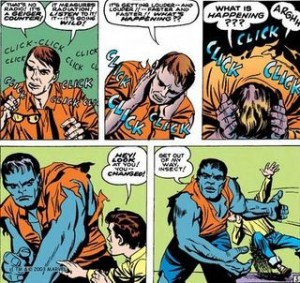









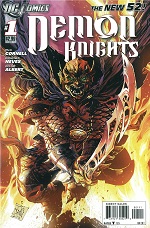






Great list! I would have to agree with just about all of those choices.
These are definitely at the top of the list, but wait until next week because there's very little drop-off.